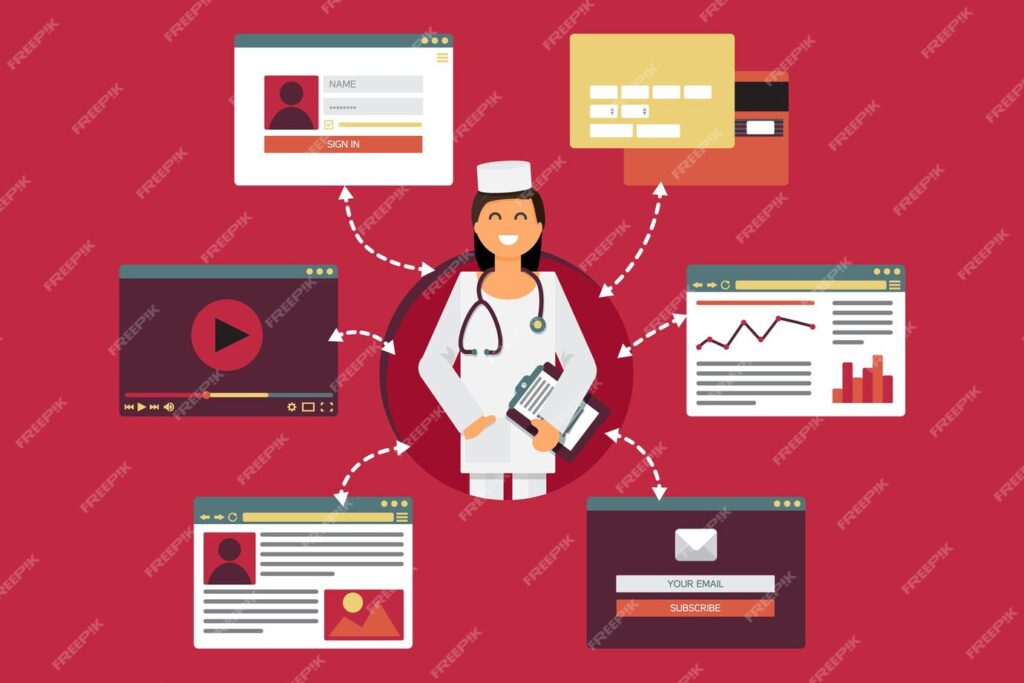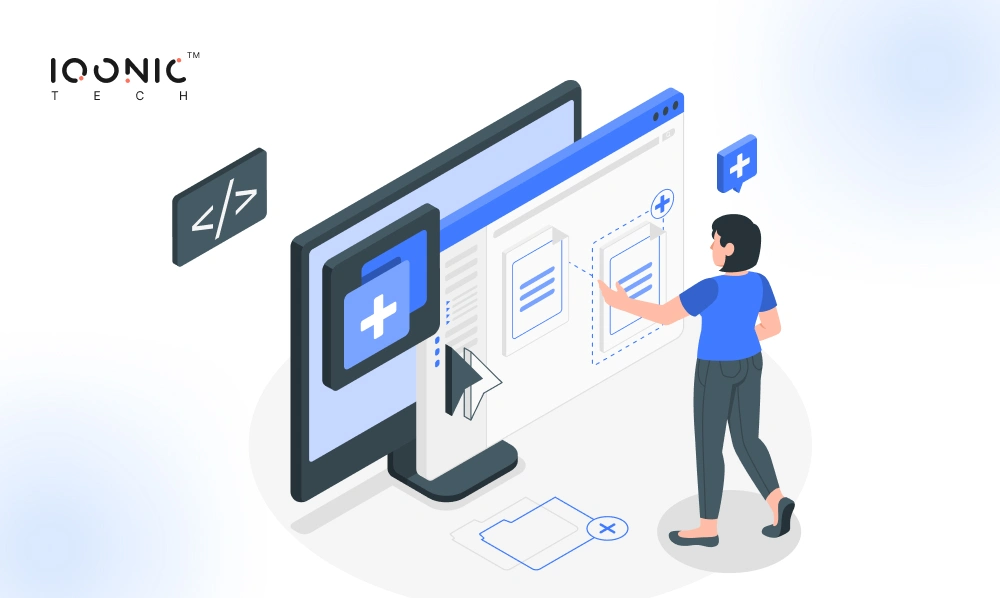What if improving patient care and cutting operational costs could go hand-in-hand? This is the promise of custom healthcare software in the medical industry—a transformative approach that not only digitizes processes but tailors them specifically to meet each organization’s needs. Across hospitals, clinics, and healthcare networks, decision-makers face growing pressure to enhance efficiency, improve service delivery, and comply with evolving regulations.
Custom healthcare software offers a strategic advantage, delivering tools that go beyond off-the-shelf solutions to address real-time challenges. But what does that mean in practice? How can tailored technology reshape healthcare as we know it?
Understanding Custom Software in Healthcare

Custom software refers to applications specifically designed to cater to a healthcare provider’s unique needs, workflows, and patient demographics. Unlike commercial off-the-shelf (COTS) software, which offers generalized functionalities, custom solutions align precisely with an organization’s goals.
For example, a rural clinic might need a telehealth platform integrated with its limited infrastructure, while a large hospital may require an advanced patient record system built around its internal protocols and compliance measures.
Why is this significant today? Because the healthcare sector is facing increasing complexity—aging populations, chronic disease management, data overload, and the demand for personalized care. Generic software often falls short in adapting to these changes, whereas custom tools can adapt, integrate, and scale.
Real-World Impact and Success Stories
Custom healthcare software is not just a theoretical asset; it’s delivering measurable results across the industry:
1. Enhanced Workflow Automation
Hospitals using tailored patient management systems have reported up to 30 percent improvement in workflow efficiency. For example, NYU Langone Health implemented a custom scheduling module that reduced appointment no-shows and optimized physician time slots.
2. Improved Patient Engagement
A custom patient portal developed by Cleveland Clinic allowed seamless access to test results, appointment scheduling, and medical history. This feature not only improved patient satisfaction but also led to better compliance with follow-up care.
3. Cost Reductions
Through a targeted inventory management system, one regional medical center cut supply chain costs by 20 percent. Custom reporting dashboards allowed administrators to monitor usage trends and manage reorder points accurately.
4. Integration of Health Devices
Wearable tech and health monitoring innovations are leading a new era in preventive medicine.Custom interfaces allow integration of these devices into patient records, enabling providers to view real-time data and adjust treatments instantly.
Challenges and Misconceptions
Despite its benefits, custom healthcare software faces some skepticism and resistance—often due to misconceptions or past implementation challenges.
a. Perceived High Costs
It’s fact that custom solutions involve an upfront investment. However, the long-term ROI often surpasses that of COTS systems. Reduced training needs, minimal license renewals, and lower support costs contribute to this return.
b. Development Time
Another concern is the development timeline. While building from scratch does take time, modern software development methodologies (like Agile) allow for iterative builds and early delivery of functional modules within weeks.
c. Compatibility Concerns
Some might fear that custom software won’t integrate with legacy systems or external databases. In reality, custom software is often designed specifically for compatibility, leveraging APIs and open standards to bridge old and new technologies.
d. Security Myths
There’s a common belief that custom software lacks the robust security of commercial alternatives. However, security is totally dependent on how well software is built. Custom applications, when developed by experienced vendors, can meet or exceed HIPAA and other industry-specific compliance standards.
Implementing Custom Software Effectively
To implement custom healthcare software successfully, organizations should follow a structured approach:
i. Assess Needs and Objectives
Stakeholders must define problems clearly—whether it’s optimizing EHR workflows, improving patient communication, or automating billing. A thorough needs analysis is critical.
ii. Choose the Right Development Partner
Select a vendor with healthcare experience and a clear understanding of compliance mandates. search for right development partners with a proven track record, customizable frameworks, and ongoing support.
iii. Prioritize Interoperability
Ensure that any custom solution is built to integrate with existing systems—EHRs, lab software, imaging systems, or government health databases. APIs and HL7/FHIR protocols are essential here.
iv. Emphasize User Experience
The best technology fails if users can’t navigate it. Involve end-users—doctors, nurses, and admins—during the development phase to ensure the solution matches real-world workflows.
v. Pilot and Scale
Roll out software in controlled phases. Start with one department or clinic, gather feedback, make improvements, and then expand organization-wide.
Emerging Trends and Future Outlook
As the healthcare sector embraces digital transformation, custom software continues evolving. Key trends shaping the future include:
1. Artificial Intelligence and Machine Learning
Custom AI-driven diagnostics, predictive analytics for patient care, and machine learning in radiology are helping physicians make faster, more accurate decisions.
2. Blockchain for Medical Records
To enhance security and interoperability, healthcare is exploring blockchain. Custom platforms that use blockchain can offer tamper-proof patient records and seamless sharing across institutions.
3. Remote Patient Monitoring
Telehealth has exploded post-COVID. Custom RPM platforms let providers track vital signs, medication adherence, and symptom progression from afar, enabling data-informed decisions without hospital visits.
4. Natural Language Processing (NLP)
NLP is being integrated into custom medical transcription and note-taking software—helping doctors document cases faster while maintaining accuracy.
5. Mobile-First Solutions
Patients increasingly want access via smartphones. Custom mobile apps designed for secure communication, prescription management, and appointment scheduling are becoming staples for healthcare providers.
Additional Resources and Further Reading
To explore more on how custom software transforms healthcare, check out the following:
- Healthcare Information and Management Systems Society (HIMSS) Reports – www.himss.org
- Office of the National Coordinator for Health IT (ONC) – www.healthit.gov
- Case Study: NYU Langone’s EHR Customization
- Research Article: “Impact of Custom Health IT on Clinical Workflows” by JAMA Network
- Vendor Guides: Custom Healthcare Software Solution Providers like EPAM, ScienceSoft, and Cleveroad
Conclusion
Custom software is not just about building something new—it’s about designing technology that truly works for your healthcare organization. It offers a targeted approach to enhancing operational efficiency, improving patient care, and future-proofing systems in a rapidly changing environment.
Whether you’re running a small clinic or managing a nationwide network, investing in the right custom software empowers you to control workflows, reduce overhead, and deliver better outcomes. Now is the time to evaluate your current systems and explore how custom solutions can bridge the gap between ambition and execution.
By embracing tailored technology, healthcare leaders can turn complexity into clarity—and unlock a new era of operational excellence.





